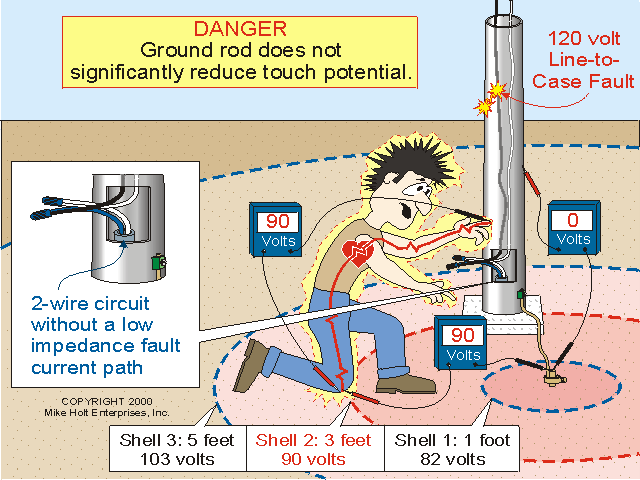T
T.M.Haja Sahib
Guest
Take any typical service, assuming no grounded metal paths to other structures such as a metal water pipe, and disconnect the neutral under load at any point ahead of the service equipment. Now stand barefooted on a damp concrete floor and touch anything bonded to the service ground and tell me there is no rise in potential, if you survive.
Are you addressing Petersonra through me?



